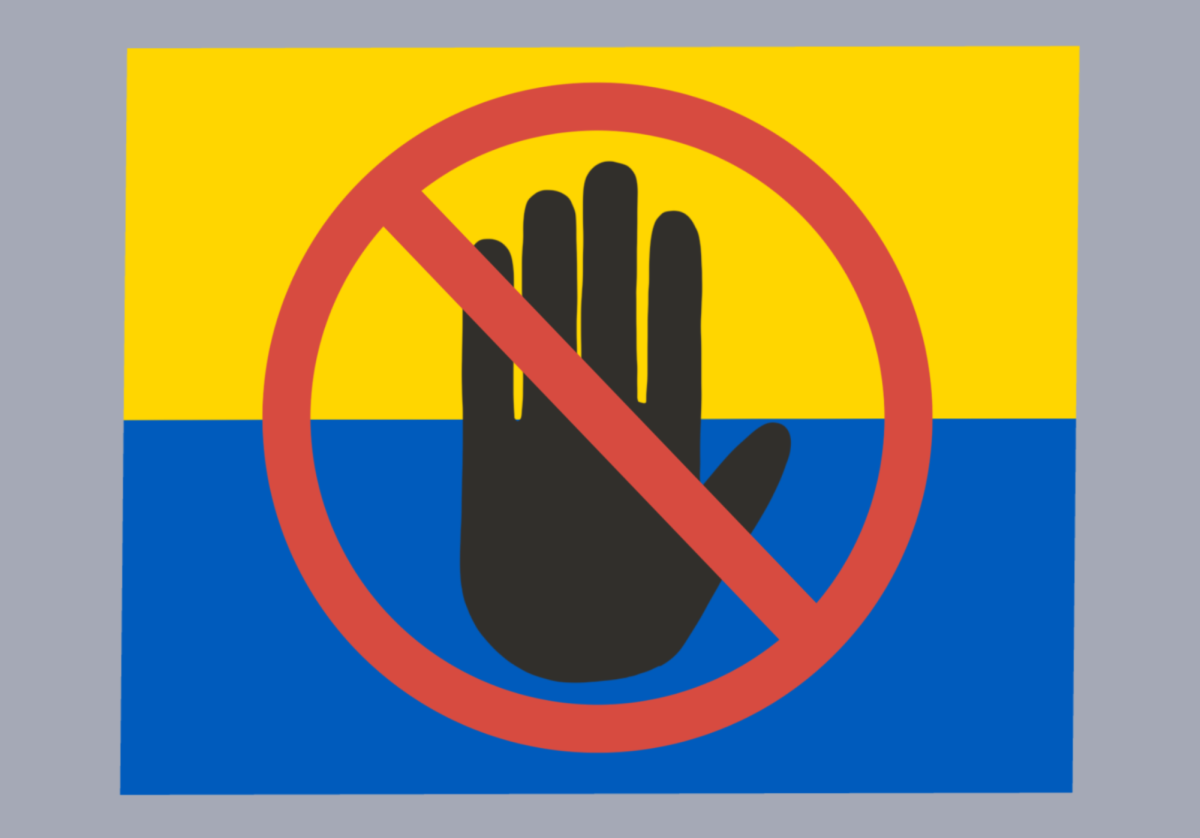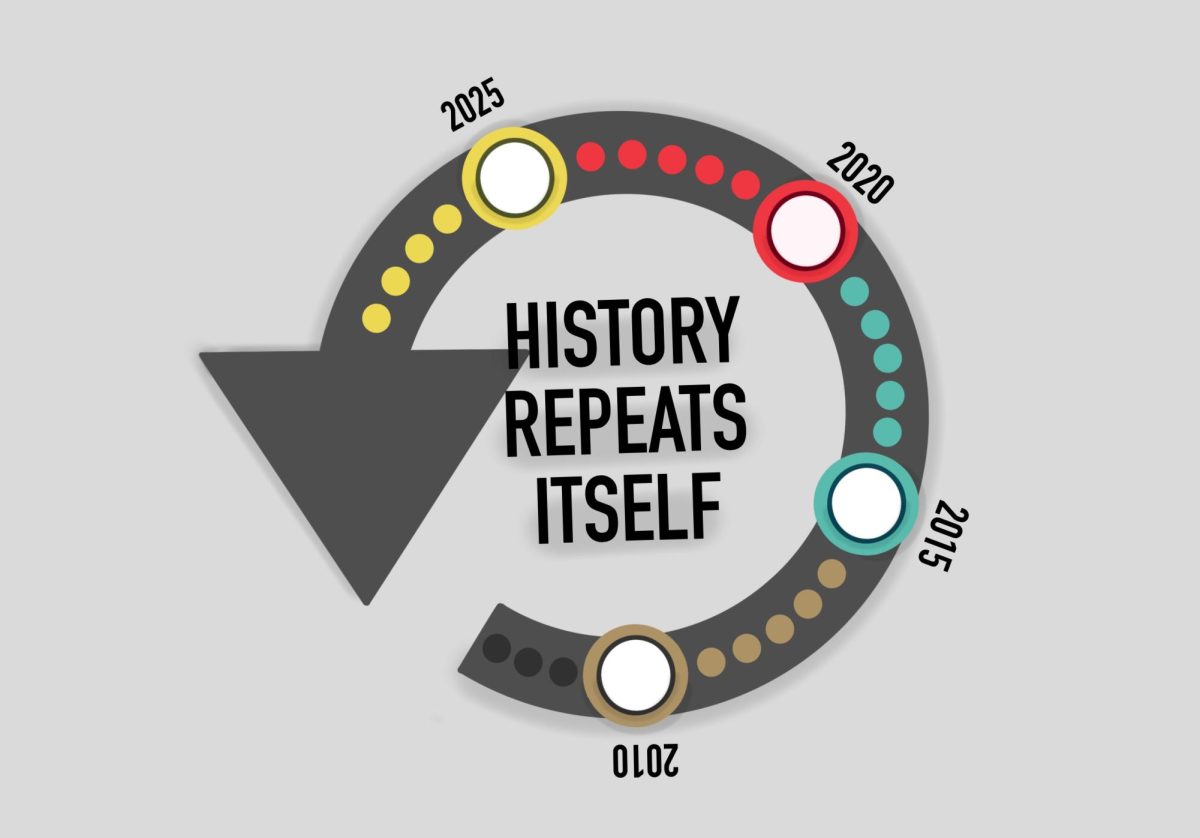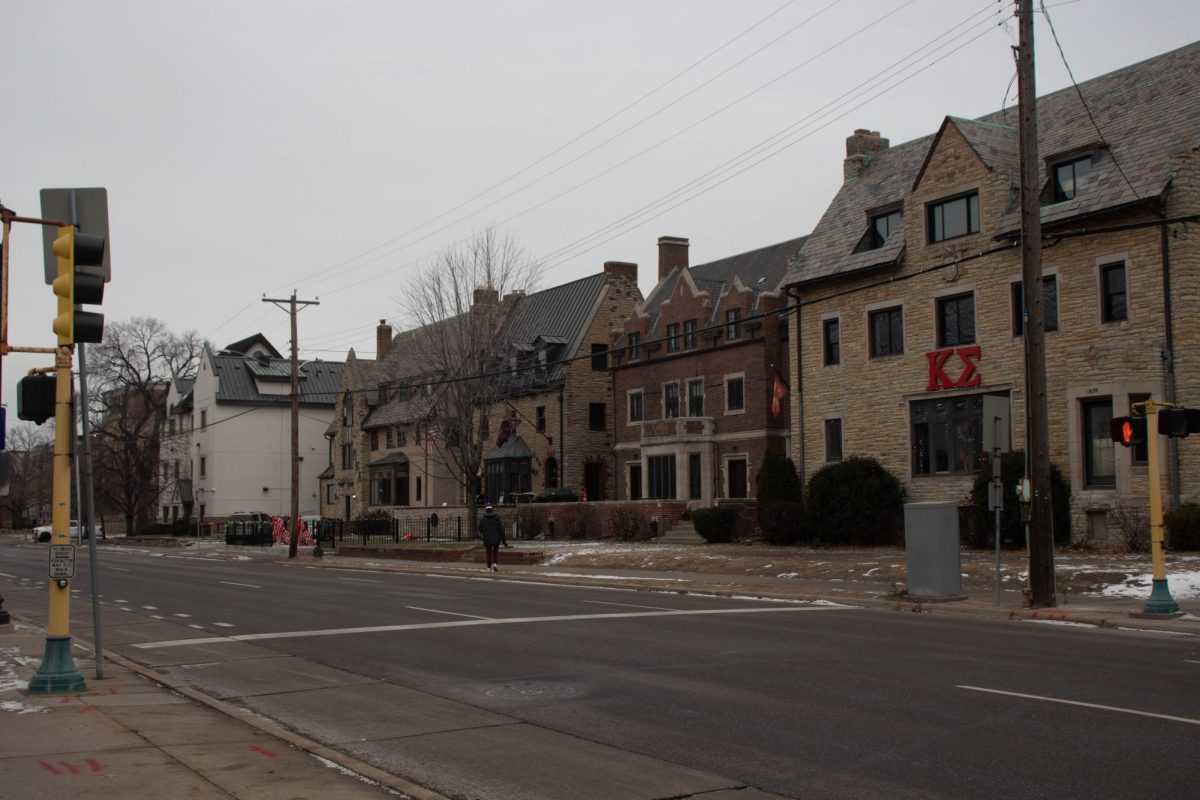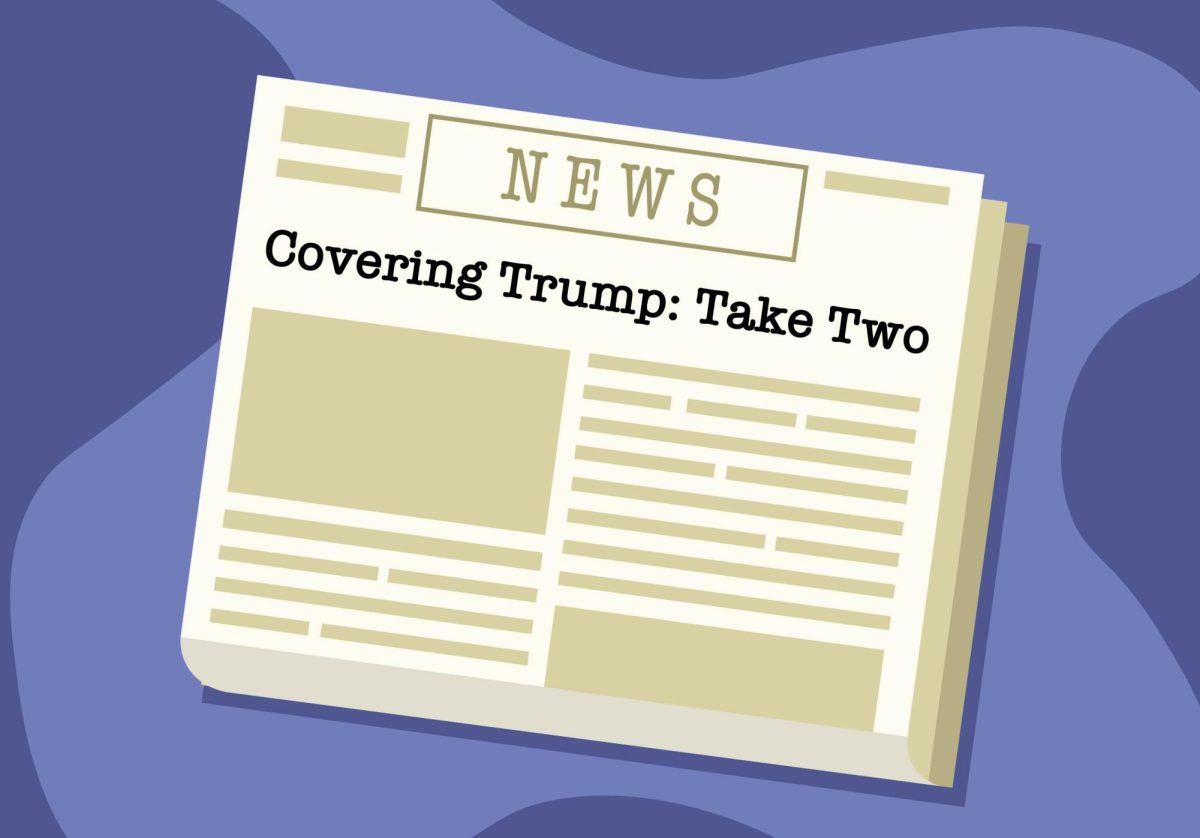NATO will convene for a conference in Lithuania on July 11 to focus on the war between Ukraine and Russia. Founded in 1949, the alliance acts as a system of mutual security. It was initially created as a counterbalance to the Soviet Union and to prevent the threat of communist expansion into Europe.
In the decades following the fall of the Berlin Wall, the purpose of NATO has been in flux. After participating in a variety of military explorations with questionable outcomes, including Iraq and Libya, many wondered if it was time to rethink the purpose of the organization.
That is, until Russian President Vladimir Putin launched his brutal invasion into Ukraine in February 2022.
On the table at this year’s conference is something infinitely consequential to the trajectory of the war: Ukraine’s membership in NATO.
The idea was first proposed in 2008, known as the “Bucharest Promise.” However, due to poor execution and lack of specifics, Ukraine remains outside of the alliance. Although NATO has admitted many countries into its alliance since its inception, the Bucharest Promise was significant due to the geopolitical implications, as it would share the longest contiguous border with Russia among all NATO nations.
Many experts, including current CIA Director and former ambassador to Russia William J. Burns, warned in 2008 such a move was seen as crossing a “redline” for Russia and could lead to military conflict.
Over 10 years later, when Russia’s ground invasion began, Putin argued a NATO expansion encroached into Russia’s sphere of influence.
In the year since Putin launched his brutal and unjust invasion, despite multiple pleas from Ukrainian President Volodymyr Zelensky, admittance into NATO was largely off the table. Yet in recent weeks, the potential for a bid being offered for the country to join has become a point of discussion, with some reports seeing an invite as imminent.
A membership bid contains massive implications. Within the NATO bylaws drafted at its inception, Article 5 states: “The Parties agree that an armed attack against one or more of them in Europe or North America shall be considered an attack against them all.”
To this point, the United States has voluntarily supported Ukraine to the tune of over $100 billion. However, if Ukraine were a member of NATO, the U.S. would be obligated to offer military support for the war’s duration. Additionally, given Putin’s hysterics about NATO expansion and his vast arsenal of nuclear weapons, a potential Ukraine membership bid could lead to a dramatic escalation and devastating full-on war between NATO and Russia.
While Putin’s opinion about NATO expansion in no way justifies his brutal invasion, the alliance must be more concerned with looking for a viable off ramp to the conflict, rather than fulfilling the loosely strung-together Bucharest Promise.
Since the conflict began, Putin has repeatedly issued warnings of nuclear retaliation if NATO intervenes. While he has not acted on those threats, Putin’s actions by no means indicate an unwillingness to do so.
Just a few months ago, Russia officially suspended its support for the New Strategic Arms Reduction Treaty (New START).
RAND Corporation, a U.S. sponsored think tank, published a thorough analysis of the war centered on promoting United States’ interests and finding possible ends to the conflict.
First, the report highlights key objectives as outlined by Mark Milley, the chairman of the joint chiefs of staff. Namely, they included, “Don’t have a kinetic war between the U.S. military and NATO with Russia,” and, “contain [the] war inside the geographical boundaries of Ukraine.”
Additionally, the RAND Corp. identifies a clear relationship between truncating the duration of the war and preventing escalation. Given Putin’s withdrawal from New START, even if the threat of nuclear war is relatively small, the risk only increases the longer the war goes on.
From here, RAND Corp.’s analysis provides three possible ends to the war: absolute victory, armistice and political settlement. The first –– absolute victory –– is the least likely and certainly least desirable, occurs when one side either completely decimates a nation or deposes its existing government. The latter two, often hard to distinguish, are agreed upon ceasefires that result in an outcome ranging from a treaty to a militarized zone, such as that between North and South Korea.
The report further highlights key inhibitors from an armistice or political settlement from occurring, one of which being, “Negotiating an end to a war requires both sides to believe that they have more to gain from peace than from continuing to fight.”
In March of last year, a settlement was briefly in sight when Ukraine proposed its neutrality to NATO in exchange for future security guarantees. A lot has happened since then, and such failed peace talks do indicate Russia has territorial ambitions that align with Putin’s supposed concern over NATO.
However, the point remains, Ukraine’s NATO membership is a point of contention with Russia, and offering such a bid is unlikely to prompt any peace deal.
Additionally, there are a variety of logistical challenges to Ukraine joining NATO. Where will the borders be drawn? Do they include the territory already in Russian control? If so, will Article 5 be automatically invoked? Also, it is unknown what the timeline for membership will be.
As of now, the United States, Germany and a handful of other NATO states are skeptics of a membership bid. However, according to Jens Stoltzman, NATO secretary general, there is near consensus among the alliance Ukraine will join after the war ends.
Delayed admittance may lower the chance of a direct conflict between NATO and Russia, but it runs afoul of the scenarios outlined by the RAND Corp. Putin’s desire to end the war would decrease, since doing so results in Ukraine joining the alliance, undermining the pretext of his invasion.
Ukraine’s desire to join NATO is completely reasonable, as it would fulfill a long-standing promise spanning multiple presidential administrations and increase its access to resources needed to defend itself.
However, the time to do so was in 2008 when swift admission would have bolstered the organization and significantly reduced the likelihood of Putin’s unjust and brutal invasion. After all, for all its ruthlessness, Russia has yet to attack a NATO country, but hasty admission would only increase the probability of such aggression.
Joe Biden is rightly hesitant to offer Ukraine membership into NATO. He must maintain skepticism and orient the alliance and Ukraine towards a diplomatic end to the war.
So far, the West has called Putin’s bluff on all his threats of nuclear retaliation by consistently arming Ukraine with weapons and materials needed to defend itself against Russia’s aggression. However, there is a fine line between playing hardball and playing Russian roulette with a nuclear-armed lunatic like Putin.
Admitting Ukraine into NATO would only beg the question, how many rounds are left until the bullet is finally fired?














